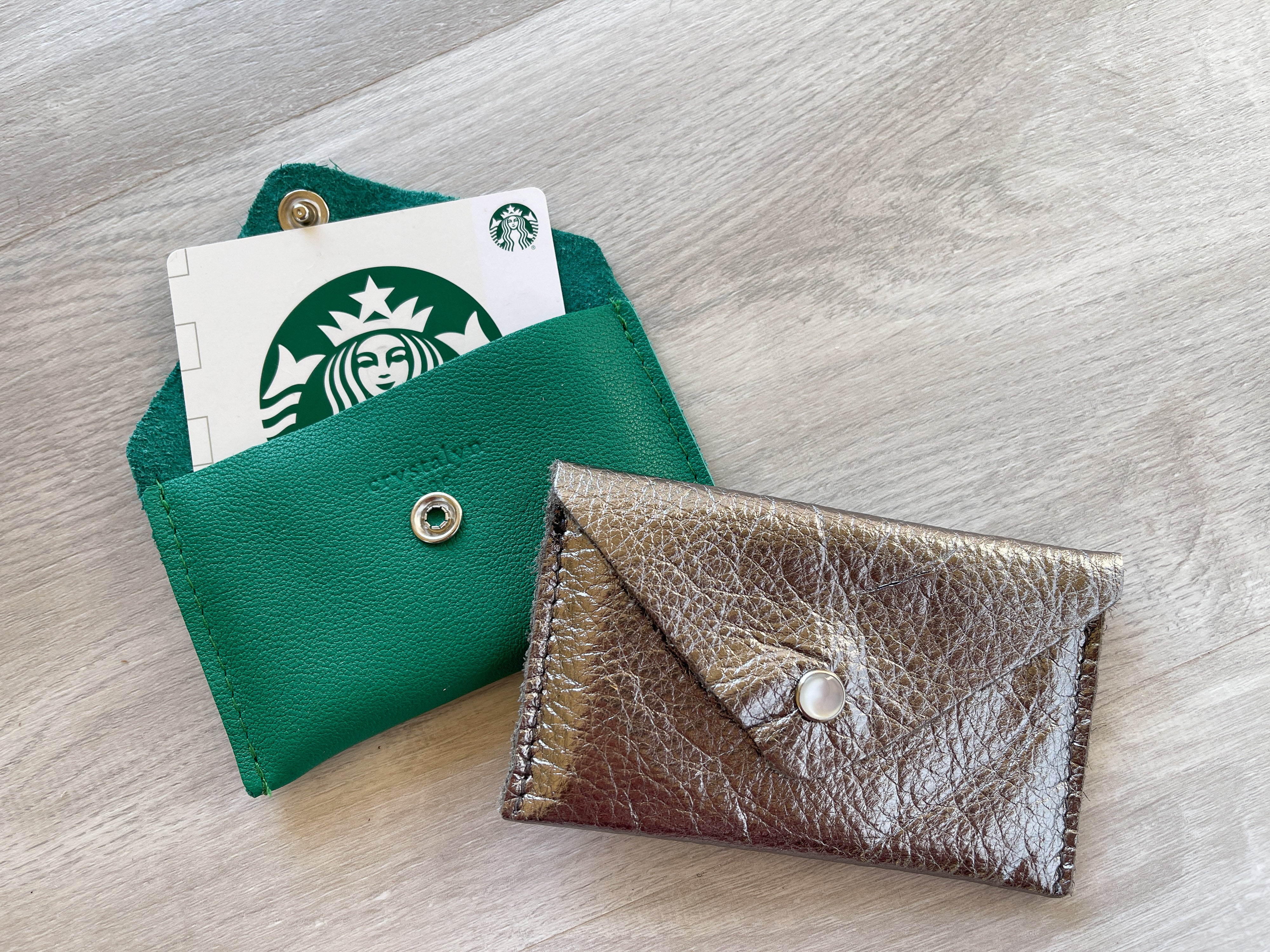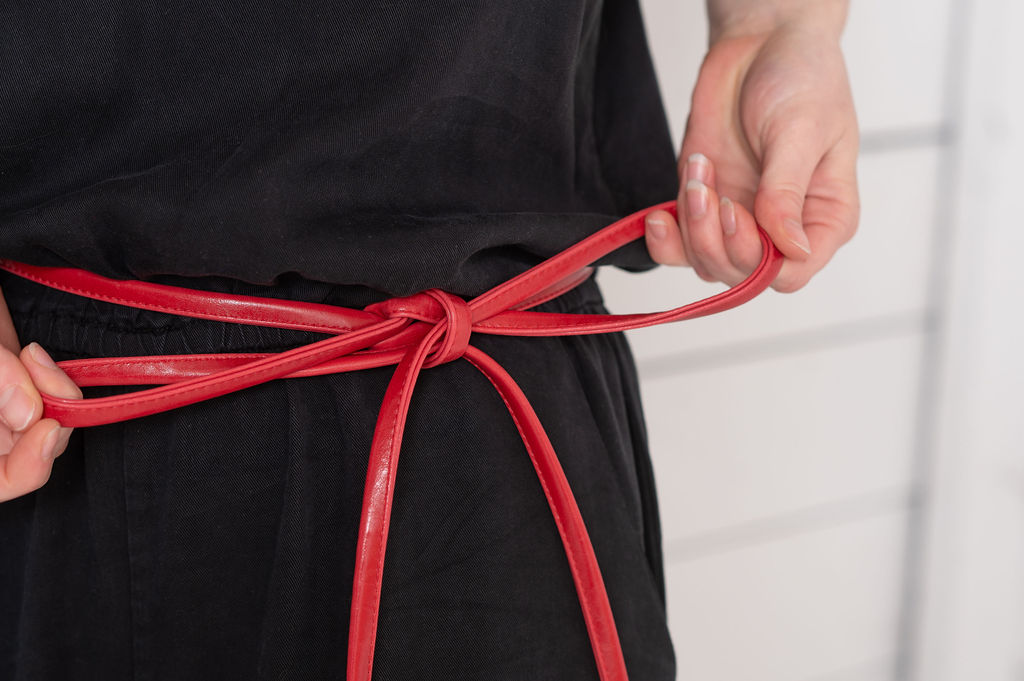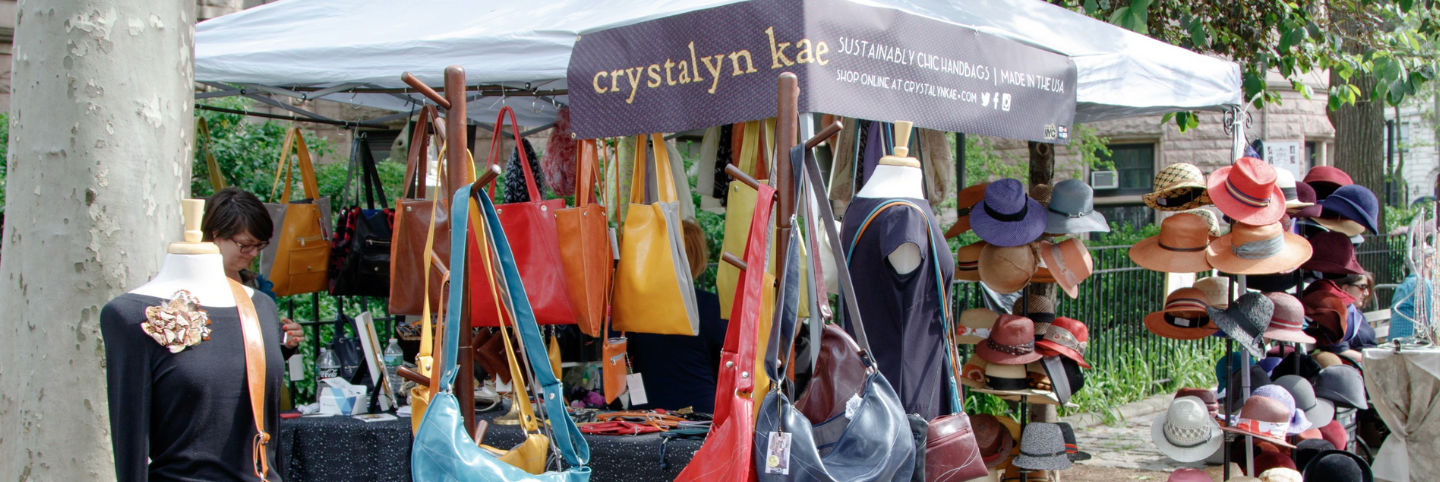Craft shows are a fantastic way for handmade businesses to connect with customers and make sales. However, navigating the world of craft shows can be tricky, especially for newcomers. This guide explores 10 common mistakes crafters make at shows and offers practical tips to transform your booth into a customer magnet.
PREPARE:
- DON'T walk the show and ask vendors about the show. They are there to make money, and most certainly will give you the quickest response to get you out of their booth and back to gaining customers. Instead: take their card and make some notes about why you like what they're doing, and go on your merry way. Follow them on social media. Look at their website and see what their next show is. That will show you what shows they feel are worth doing. The only time you'll get honest feedback about a show is when you're ALSO vending at that show. That's when vendors really dish about the good, the bad and the ugly. (more about that later)
- DON'T: Build an overly-elaborate display. The simpler the better, in fact. You should be spending your time having INVENTORY ready for the show. Make sure you're rested and energized for a long day of talking to customers (and networking with vendors). But do be prepared for the what ifs: Draw out a rough plan of how you envision your booth to look, but be flexible. You never know if there will be a manhole cover, or a telephone pole or fire hydrant that you'll have to work your display around. (Peek at some examples of our purse displays here)

Inventory:
3. DON'T just put a small sampling of your creations in a range of prices on the display. All too often crafters will hold back on putting LOADS of lower-priced options on the table, because they're afraid of things being stolen. Theft is (sadly) part of the experience, but statistically quite rare. If you hold back on having a full display, you're also missing a huge opportunity to get your entry-level items (under $30 retail) items into lots of customer's hands. p.s. If passers-by can see everything from the aisle they won't come in to investigate. Have enough depth to lure them into your booth. Bodies are like magnets: the more folks in your booth, the more will come inside.
Building inventory before your first sale can be a daunting task. As a seasoned craft show veteran of over 20 years, I can assure you it's a common concern for new artisans. However, in my experience, a well-stocked booth is essential for success. It allows customers to browse and discover your work, increasing the likelihood of a purchase. Think of it as an investment in your business. Start with a core selection of popular items, focusing on a range of price points to attract a wider audience. Remember, high-quality pieces speak for themselves. Don't be afraid to take a calculated risk – a full display is an invitation, not a burden.
4. DON'T tell yourself that the show will be a slow start and plan to package or price items at the show. If you look *too busy in your booth, customers will get the vibe you're not approachable. And if something isn't priced, they'll hesitate to ask - for fear of getting the 'hard sell' from you. Make your booth shop-able with clear pricing and educational signage to let shoppers help themselves.
Packing list:
5. DON'T: scramble the evening before, and morning of packing up everything you think you'll need for the show: Create a list (or download our list) of everything you need to do the night before, and morning of, to pack for a show.
6. DON'T pack and unpack for each show. Buy duplicates of each item you need for your booth and keep it stocked with all the essentials - so that it's always ready to go.

FOOD:
7. DON'T eat the show food! It may be enticing to have that Greek food or elephant ear, but it's messy, overpriced and will take away precious time you have to greet customers, while you're waiting in line. And statistically speaking, its also a good way to get food poisoning. Cook ahead and Pack your own food which you can eat in small bites. Or do a Trader Joe's run the day before and fill a small cooler with snacks.

Set up strategy:
8. DON'T leave your business cards packed away somewhere in the depth of your boxes. Put a stack of business cards in your back pocket first. Inevitably folks will walk by and ask you about your product or say hi. early morning dog-walkers. Then focus putting up the skeleton first.
- Tent & weights
- Banner
- Tables & tablecloths
- Display trays, racks
- business cards out front and center & email sign up (or QR code)
- merchandise


Sales techniques:
- DON'T stare at your phone, no matter what you're doing: no one wants to see the top of your head. You paid money (and time) to be at this show. It is your ONLY job: project energy and enthusiasm about what you are selling.
- DON'T sit in your chair. Stand up and stay busy. Fluff your display, turn all hang tags to one direction, smooth your tablecloth, smile at passersby.
- DON't ask: 'Are you looking for anything in particular" or "Can I help you". you don't want to make your customers say 'no'.. ever. Only ask questions that will elicit a 'yes' or a conversational response. Instead encourage customers to touch and interact with your product. You want them to leave with a good impression (and a business card, at the very least).
- DON't be afraid to ask for customer's info to do follow up. Why not do a giveaway to entice customers to follow you on social media or sign up for an email?
What to do if the show is slow: if sales are bad.
- DON'T take it personally. Look around: Is anyone doing well, or is it a dead show?
- DON'T begrudge the neighbor that is selling the hell out of their products. Learn from them. Examine their display, watch their sales technique, put yourself into the customers shoes and see why they're lured into your neighbors booth. When the neighbor has some down time, it's totally ok to chat them up and ask more questions. Better yet, offer them some of your trail mix or booth snacks and tell them what you admire about their brand/display/sales pitch and ask for help. How did they do it?
- DON'T see your booth neighbors as competitors. Promote each other. Take photos of each other's booths, and share to your followers on social media
Craft shows are a valuable opportunity to showcase your talent and connect with potential customers. By avoiding these common mistakes and implementing these helpful tips, you can transform your booth into a thriving space that fosters sales and brand recognition. Remember, success at craft shows takes preparation, positive energy, and a willingness to learn and adapt. Now get out there and shine
Are there other things you'd like to learn about starting your own business that we can share with you? Leave a comment below or complete this quick 1-question survey to tell us what you'd like to learn!

let us know what you want to learn more about









Very informative. Thanks that gave us a lot to think about.
So happy I signed up for this class. Crystalyn was very knowledgeable in her topic and her presentation was very inviting. I could sit and listen to her for a long time. The information she presented was very well thought out and I like that she answered so many questions.
Great instructor….engaging, charming, knowledgeable, inspiring….full of great ideas and willing to share!!
She is a good teacher and friendly. No wonder she does well at her shows!
Attended the workshop – Teacher was very responsive. Great session. Interesting. Packed a lot of information in 45 minutes.
Leave a comment